Downtown Parking Lots Become Big Opportunities
All the city news you can use.
Want more links to read? Visit The Overhead Wire and signup. Every day at The Overhead Wire we sort through over 1,500 news items about cities and share the best ones with our email list. At the end of the week, we take some of the most popular stories and share them with Urban Milwaukee readers. They are national (or international) links, sometimes entertaining and sometimes absurd, but hopefully useful.
Downtown Parking Lots Become Golden Opportunities: In 2016, more than 200 downtown surface parking lots in the US were sold, more than double as many as sold between 2006 and 2014. As coastal cities boom, developers are eyeing such lots to cash in on the economic growth. In Los Angeles, a former light rail park-and-ride 10 miles west of downtown will open next year with 200 apartments and 240,000 square feet of office space, which will be leased to HBO, Cinemax, and other operations. In Denver, Pepsi sold two parking lots across from one of its bottling plants for a combined $36.19 million. (Tom Acitelli | New York Times)
Caltrans Will Consider New Driving in Its Planning: The California Department of Transportation (Caltrans) acknowledges that its current practices have not solved urban congestion, instead leading to more driving and emissions. Environmental review currently considers Level of Service (LOS), which only considers how much congestion a project will cause. However, State Bill 743 will require land use and transportation projects to adhere to a new metric, Vehicle Miles Traveled (VMT), by next July. This metric instead measures how much more driving demand is generated from a project. LOS typically leads to the expansion of roadway capacity, but as research shows that increasing capacity just increases driving demand, Caltrans deems VMT the most “appropriate measure.” (Melanie Curry | Streetsblog Cal)
What Changed Climate Converts’ Minds: Jerry Taylor penned op-eds and appeared on cable news networks to argue that climate change was not a real issue. He saw it as a hoax propagated by exaggerated claims from alarmist liberal commentators. As more scientific research disproves climate change counterarguments and more economic benefits from addressing climate change are discovered, conservatives are encouraging Republicans to come up with their own climate change legislation to counter the Green New Deal. 43% of Republican voters are more concerned with climate change than they were a year ago. For Republicans under the age of 40, that figure jumps to 58%. (Erica Evans | Deseret News)
Dallas’ Climate Plan to Transform Transport: The city’s environment and sustainability committee presented a draft its first climate action plan’s transportation item. The committee chose to address transportation first as vehicles create most of the city’s emissions. The plan aims to address single-occupancy vehicles, adapting transit vehicles to low or no emissions, improving walkability, and utilizing land use to improve access to walking, biking, and public transit. The city gathered feedback from more than 8,000 Dallas residents to develop its plan, which includes many proposals from overhauling the city’s bike master plan and intensifying mixed-use development around transit stations. (Jesus Jimenez | Dallas Morning News)
Quote of the Week
First off, they find that drivers are much more price responsive than the majority of the existing literature finds. This is relevant, as government agencies use these numbers to project energy consumption at the national level…They estimate that a 10% increase in gas prices leads to a 3.7% decrease in gas consumption, when most of the literature suggests a 0.3% decrease. Wow.
–Maximilian Auffhammer in the UC Berkeley Business School Energy Institute blog discussing the findings from a 10 year fuel use dataset.
This week on the podcast, Tony Garcia of the Street Plans Collaborative talks about their TRB Tactical Transit paper.
Want more links to read? Visit The Overhead Wire and signup. (http://dtrnsfr.us/2iA8Yas)
Urban Reads
-
How Traffic Noise Impacts Children’s Brains
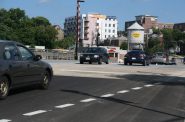 Jul 1st, 2024 by Jeff Wood
Jul 1st, 2024 by Jeff Wood
-
Number of Super Commuters is Rising
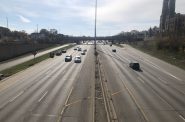 Jun 22nd, 2024 by Jeff Wood
Jun 22nd, 2024 by Jeff Wood
-
Why Has the Walkable City Been Villainized?
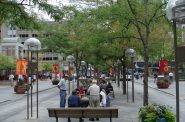 Jun 9th, 2024 by Jeff Wood
Jun 9th, 2024 by Jeff Wood

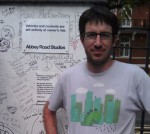
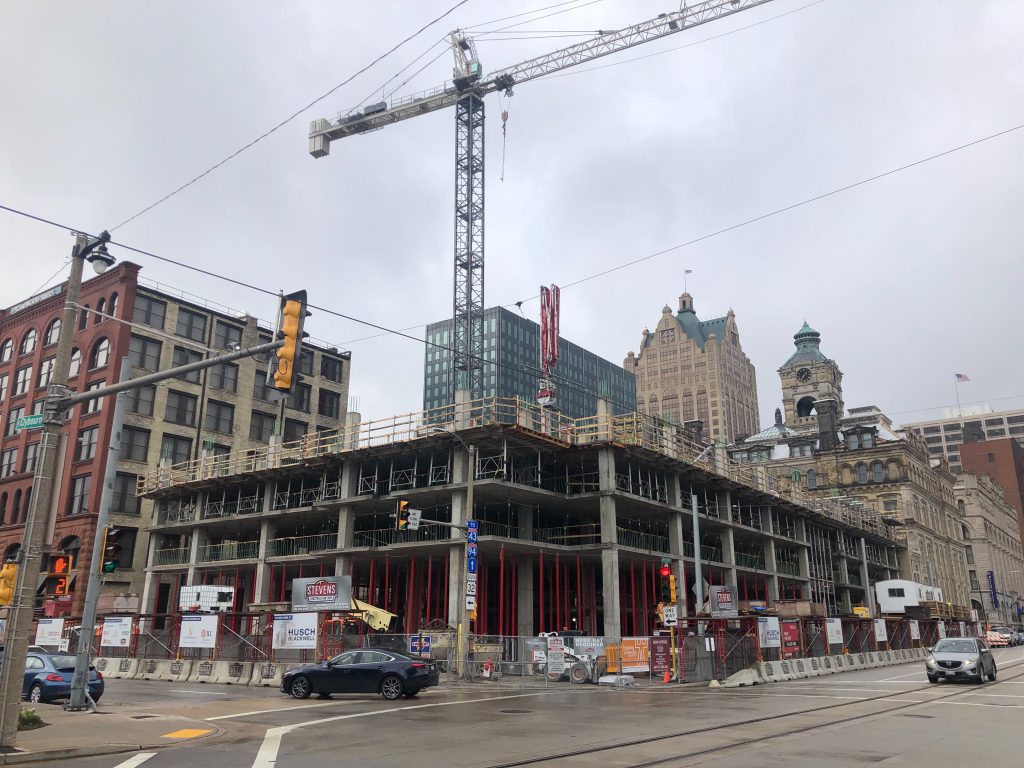



















The example noted from St. Paul sounds like a carbon copy of what ails Milwaukee.